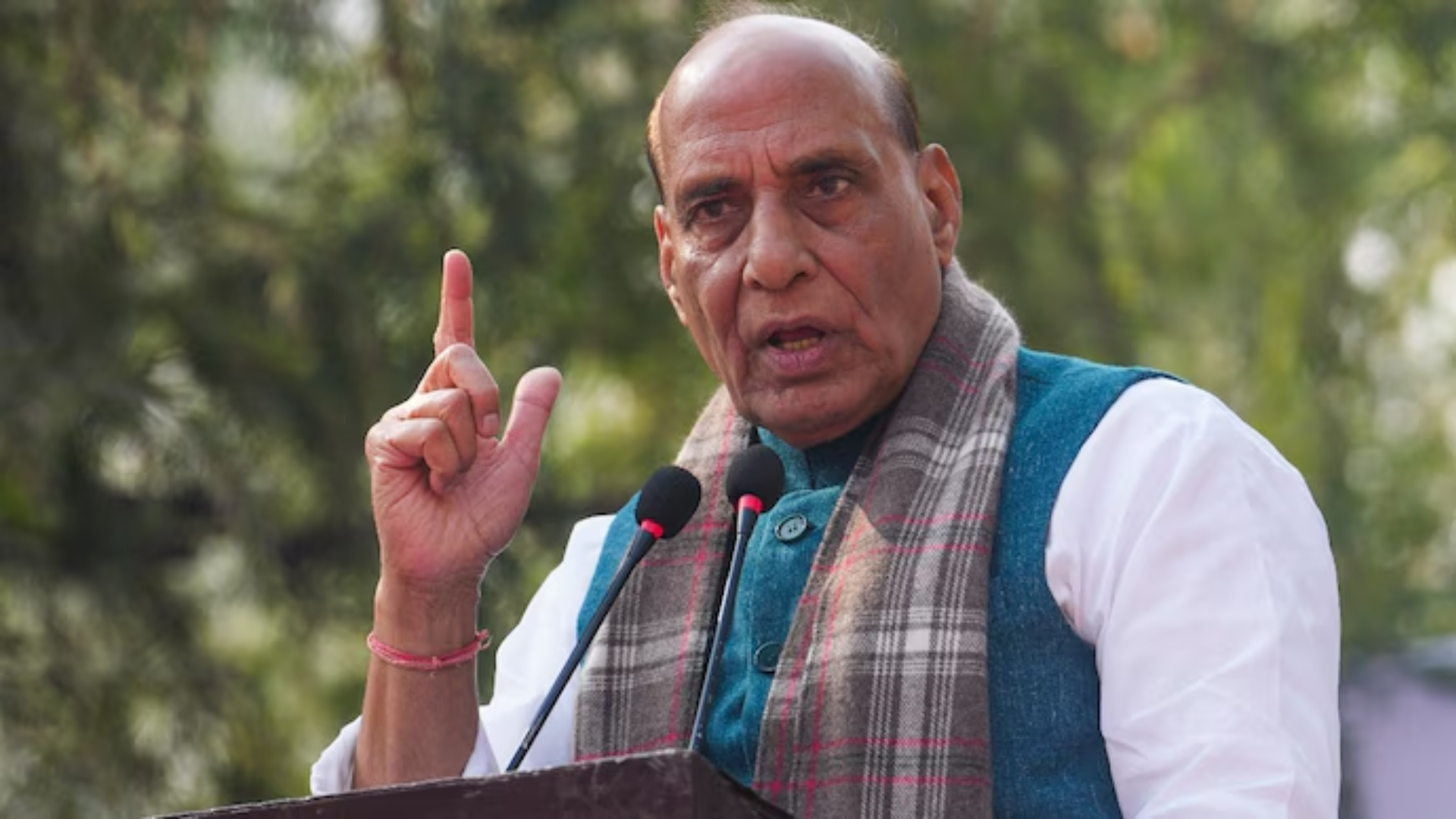


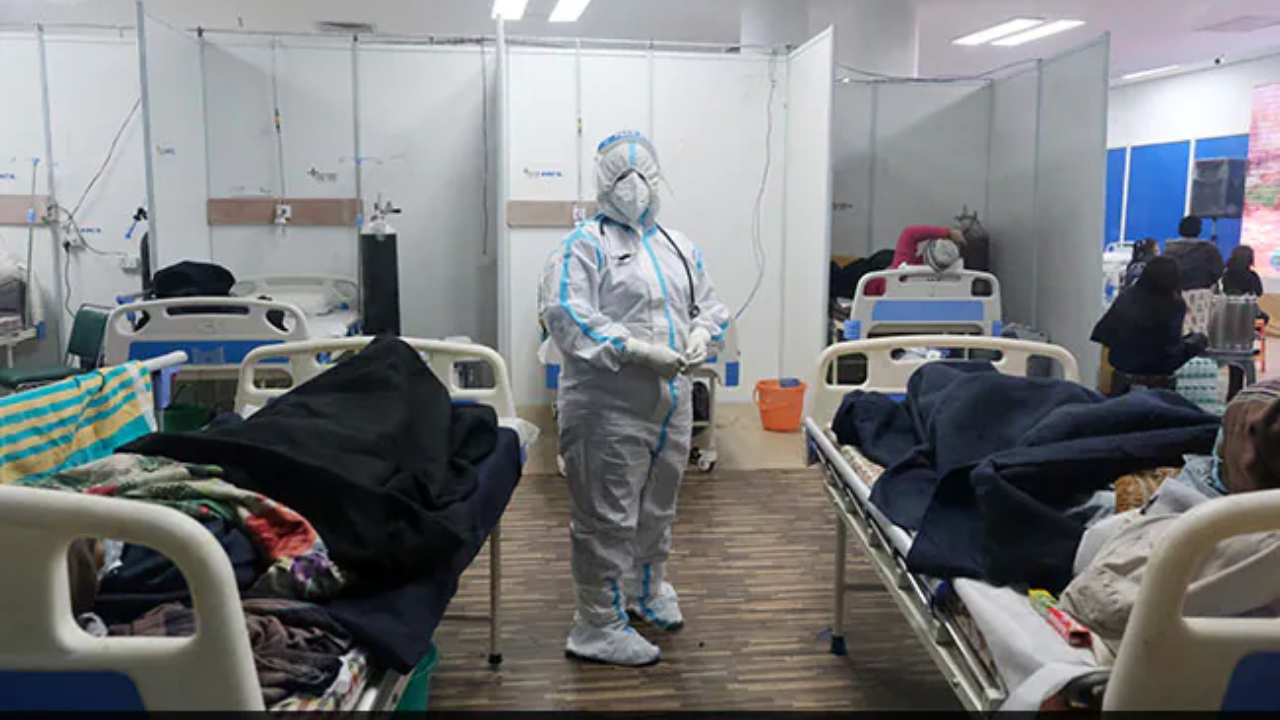
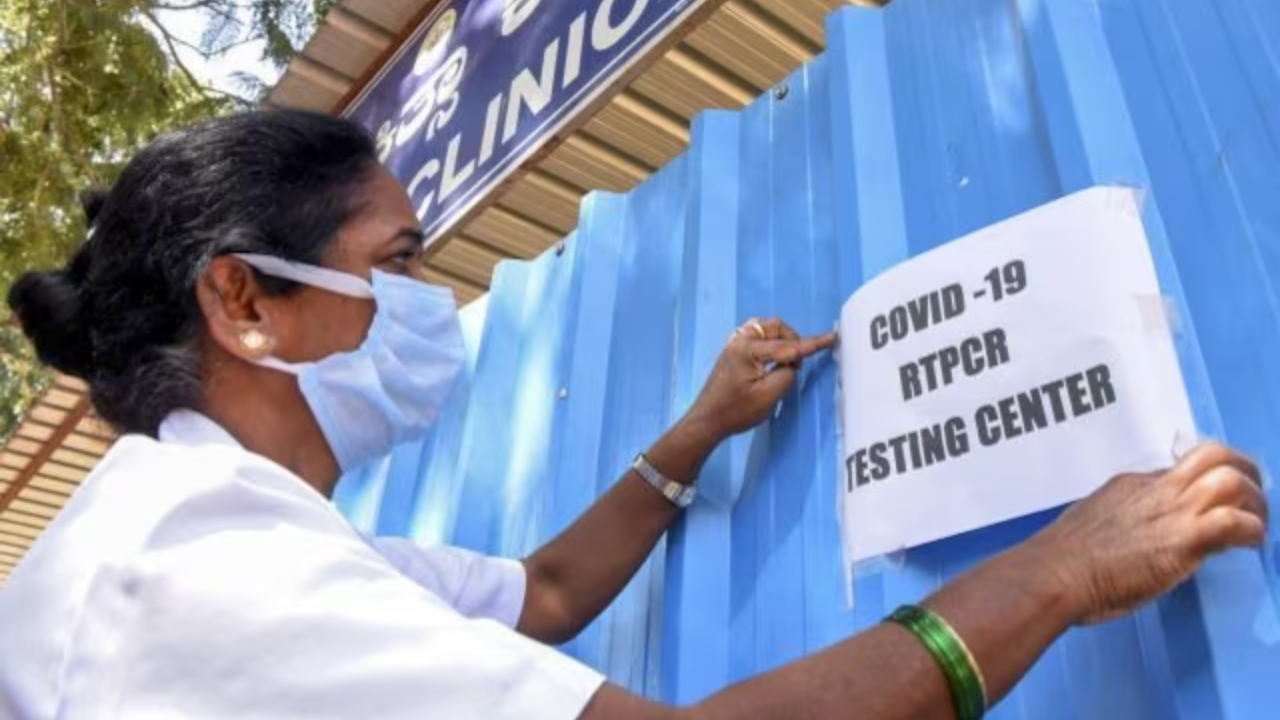


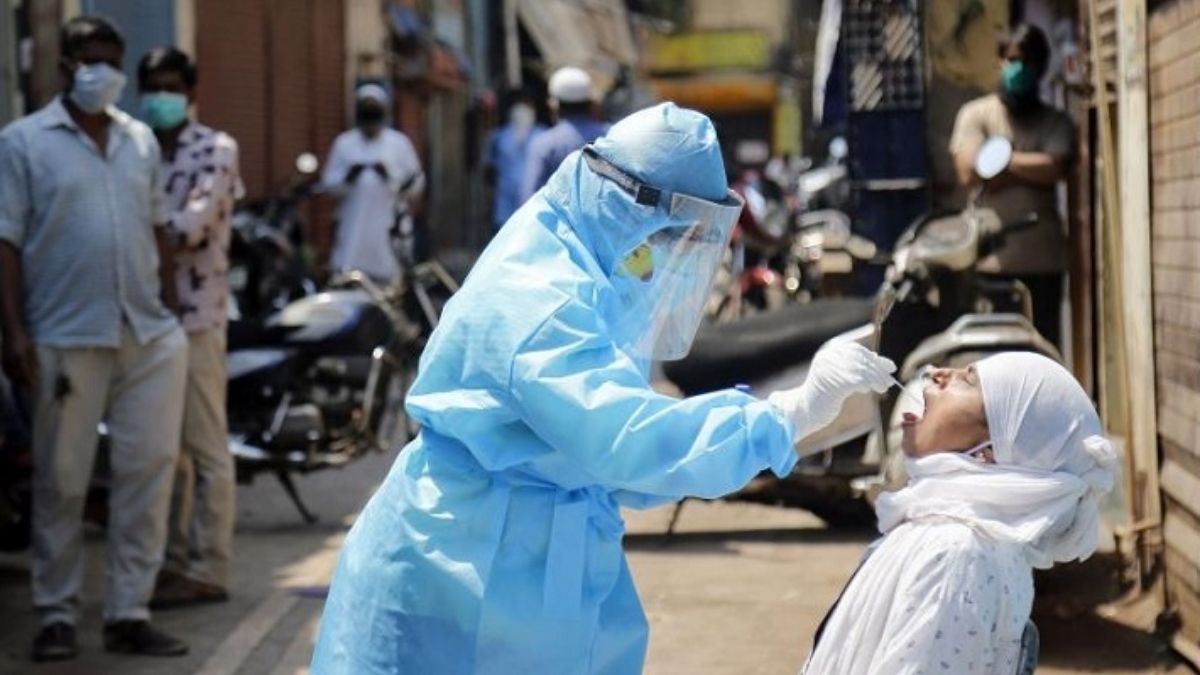
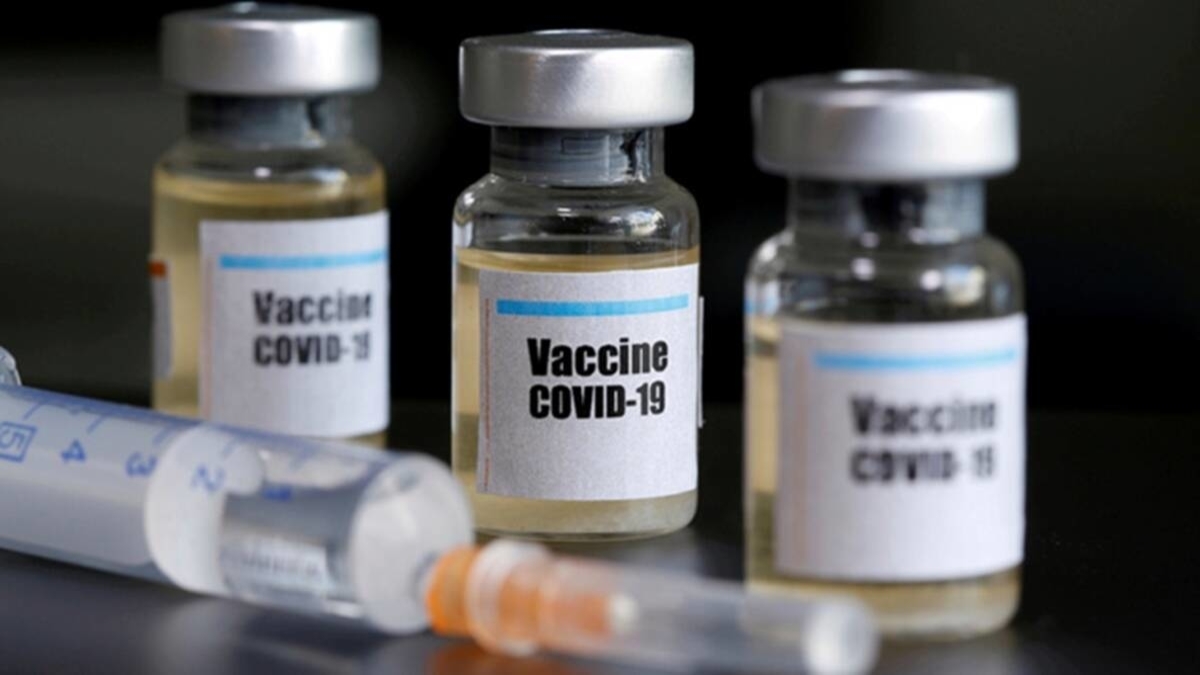

Despite the Chinese government’s valiant attempts to restrict the spread of the COVID-19 virus, the breakout of widespread infection reflects the failure of Xi Jinping’s so-called “zero-COVID policy,” which has disrupted daily life and caused a significant blow to the slowing economy.
Parts of China have reported an unexpected increase in the COVID-19 virus, and the advent of the fifth wave has caused residents to face the authoritarian government’s ever-increasing restrictions. Shenzhen city shut down the world’s largest electronics market and banned public transportation nearby on Monday as officials imposed neighborhood-wide lockdowns in response to the virus’s growing fifth wave.
According to the Futian district council, Huaqiangbei, a major retail centre with thousands of kiosks selling computer components, mobile phone parts, and microchips, is one of three areas placed under a required four-day lockdown.
Residents are not allowed to leave their homes except for Covid testing, which they must do every day until Thursday.
All businesses in the impacted regions are closed, with the exception of grocers, pharmacies, and hospitals that provide vital services. Restaurant eating has also been prohibited, with just takeout permitted.
Services have also been halted at 24 metro stations and hundreds of bus stops around Shenzhen, including those near the Huaqiangbei electronics market.
According to CNN, the districts of Luohu and Longgang reportedly closed all entertainment facilities and public parks, as well as prohibited gatherings ranging from conferences and plays to square dancing.
At a press conference on Monday, Shenzhen officials stated that the epidemic is being driven mostly by the novel subvariant Omicron BF.15, which they claim is more transmissible and difficult to detect.
“The upcoming period will be the most stressful, high-risk and grim period for epidemic prevention and control in our city,” a Shenzhen official said.
After seven consecutive days of decline in the number of newly reported local infections in the Chinese mainland, the number of new local infections increased again and exceeded 1,500 on Sunday, Global Times reported.
At present, the epidemic in the Chinese mainland shows a tendency of multi-faceted and widespread, with outbreaks occurring in many places across the country.
A total of 301 confirmed cases were reported in 19 provinces and municipalities across the country on Sunday. In addition, 1,255 asymptomatic local infections have been reported nationwide, according to the data from China’s National Health Commission on Monday.
On Sunday, 161 of the 301 local cases recorded across the nation were from Sichuan Province, which had the most local infections in the province’s current epidemic.
Chengdu, in the neighbouring province of Sichuan, reported a return of the virus this week.
On Tuesday, officials in Chengdu, Sichuan Province, Southwest China, and Tianjin Municipality, the provincial capital of 20 million people, found 205 illnesses after conducting mass testing around the city.
In response to COVID-19 flare-ups, authorities have moved to strengthen epidemic preventive efforts. The epidemic, which was originally reported last Thursday, was traced back to a swimming pool.
Meanwhile, because to the pandemic, schools and institutions in several regions of the nation will postpone or cancel classes.
Hong Kong, which is all set to begin a new school year for primary and secondary schools on September 1, also witnessed a sudden surge in cases, nearing the 10,000 mark.
The city reported 9,708 new Covid-19 cases on Sunday, of which 213 infections were imported. The city also recorded 10 new deaths. The city has seen a steady rise in the number of daily infections since the fifth wave, which peaked in March, Global Times reported.
China is one of the last places in the world still enforcing stringent zero-Covid measures. The heavy-handed approach has seen dozens of neighbourhoods across Shenzhen identified as “high-risk areas,” and placed under strict lockdown orders.
In the last two years, while the rest of the world rose to the occasion and meandered its way through the global health crisis, China has clung to its futile attempt at feigning control over an impossible situation.
Videos shared by residents on social media show metal barriers — some topped with barbed wire — erected outside residential buildings, blocking residents from leaving, CNN reported.
However, the unending restrictions have upended daily life and dealt a heavy blow to the slowing economy. In July, youth unemployment in China hit a record high, with one in five young people out of work.
Earlier this month, Covid outbreaks in the resort island of Hainan and the western regions of Xinjiang and Tibet trapped tens of thousands of tourists.
In the southwestern metropolis of Chongqing, authorities ordered mass Covid testing during a record heat wave, leaving millions of residents standing under the sun for hours as they struggled with extreme temperatures and power shortages.
The country’s aggressive stance at tackling the virus is spread across various responsive measures, including contact tracing, constant testing at a mass scale, flash lockdowns and social isolation- every one of these ‘protective’ measures plays a prominent role in creating further, more insidious problems for the common man.







